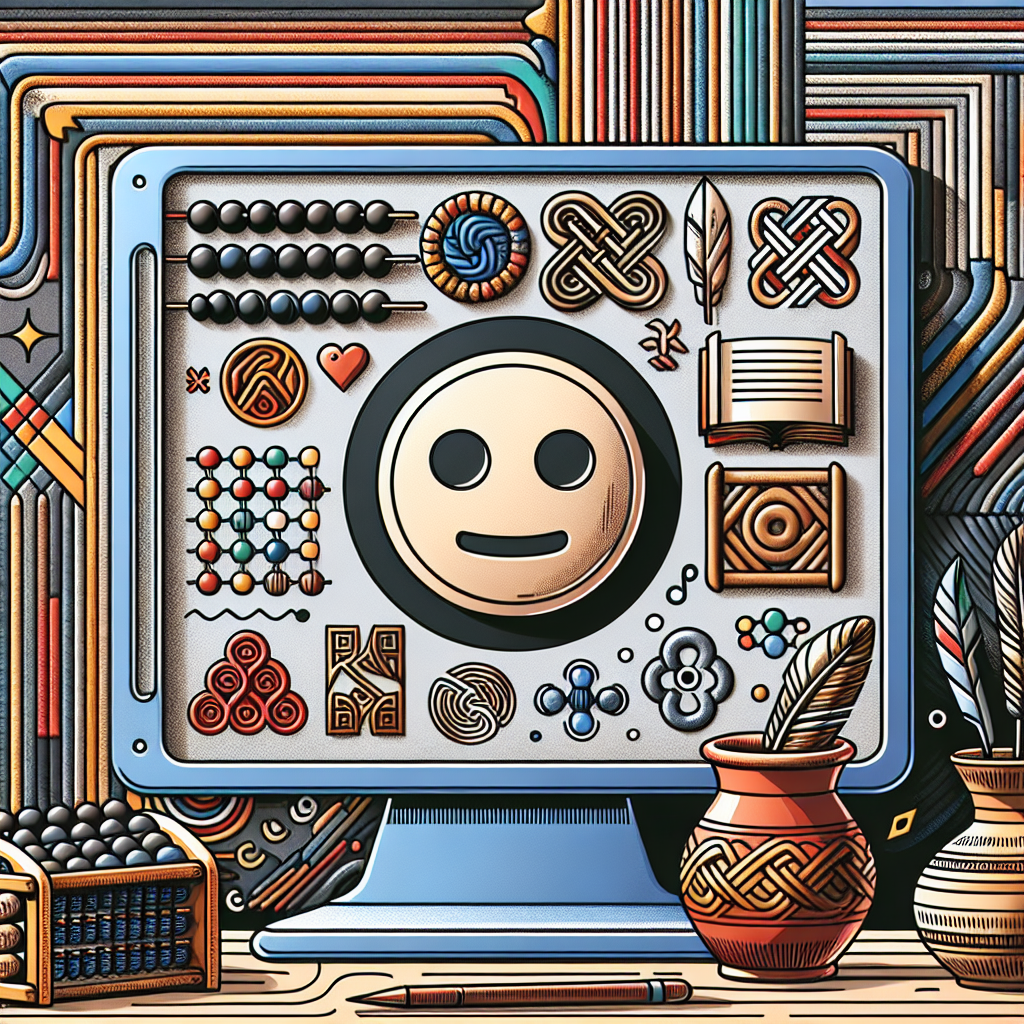Artificial intelligence (AI) is revolutionizing the way we approach design, particularly when it comes to creating culturally sensitive products and services. In today’s globalized world, it is essential for designers to consider the cultural implications of their work to ensure that it resonates with diverse audiences. AI can play a crucial role in this process by helping designers understand and incorporate cultural nuances into their designs.
One of the key ways in which AI can assist in designing for cultural sensitivity is through the use of data analysis. By analyzing large amounts of data on cultural norms, practices, and preferences, AI algorithms can identify patterns and trends that can inform design decisions. This can help designers avoid cultural stereotypes and biases, and tailor their designs to be more inclusive and respectful of diverse cultures.
AI can also be used to personalize designs based on individual cultural backgrounds. By collecting data on users’ cultural preferences and behaviors, AI algorithms can create customized experiences that are relevant and meaningful to different cultural groups. This can help designers create products and services that resonate with a wide range of audiences, leading to greater user engagement and satisfaction.
Furthermore, AI can assist in the translation and localization of designs for different cultural contexts. By analyzing language patterns and cultural references, AI algorithms can help designers adapt their designs to different languages and cultural norms. This can help ensure that designs are not only linguistically accurate but also culturally appropriate, enhancing their effectiveness and appeal in diverse markets.
In addition to these practical applications, AI can also play a role in promoting cultural understanding and empathy in design. By analyzing diverse cultural perspectives and experiences, AI algorithms can help designers develop a deeper appreciation for the richness and diversity of human cultures. This can inspire designers to create designs that celebrate cultural diversity and promote cross-cultural understanding, contributing to a more inclusive and harmonious society.
Despite the potential benefits of AI in designing for cultural sensitivity, there are also challenges and ethical considerations to consider. For example, AI algorithms may inadvertently perpetuate cultural biases and stereotypes if not carefully designed and monitored. Designers must be vigilant in ensuring that AI systems are trained on diverse and representative data to avoid reinforcing harmful stereotypes or exclusionary practices.
Furthermore, there is a risk of cultural appropriation when using AI to incorporate cultural elements into designs. Designers must be sensitive to the cultural significance of symbols, motifs, and practices and seek permission and collaboration from relevant cultural communities when incorporating them into their work. This can help ensure that designs are respectful and authentic, and that they contribute positively to cultural diversity and understanding.
To address these challenges and harness the potential of AI in designing for cultural sensitivity, designers should adopt a collaborative and inclusive approach. By working closely with diverse stakeholders, including cultural experts, community representatives, and end-users, designers can ensure that their designs are culturally sensitive and relevant to the people they are intended to serve. This can help foster trust, empathy, and mutual respect between designers and cultural communities, leading to more meaningful and impactful design outcomes.
In conclusion, AI has the potential to revolutionize the way we approach design for cultural sensitivity by providing valuable insights, personalizing experiences, and promoting cultural understanding. By harnessing the power of AI in a responsible and ethical manner, designers can create products and services that are inclusive, respectful, and meaningful to diverse audiences. Through collaboration and empathy, designers can leverage AI to celebrate cultural diversity and create designs that inspire and unite people across different cultures and backgrounds.
FAQs:
1. How can AI help designers understand cultural nuances?
AI can help designers understand cultural nuances by analyzing large amounts of data on cultural norms, practices, and preferences. By identifying patterns and trends in this data, AI algorithms can provide valuable insights that inform design decisions and help designers create culturally sensitive products and services.
2. What are some challenges in using AI to design for cultural sensitivity?
Some challenges in using AI to design for cultural sensitivity include the risk of perpetuating cultural biases and stereotypes, as well as the potential for cultural appropriation. Designers must be vigilant in ensuring that AI systems are trained on diverse and representative data, and that they seek permission and collaboration from relevant cultural communities when incorporating cultural elements into their work.
3. How can designers ensure that their designs are culturally sensitive?
Designers can ensure that their designs are culturally sensitive by adopting a collaborative and inclusive approach. By working closely with diverse stakeholders, including cultural experts, community representatives, and end-users, designers can ensure that their designs are respectful, authentic, and relevant to the people they are intended to serve. This can help foster trust, empathy, and mutual respect between designers and cultural communities, leading to more meaningful and impactful design outcomes.

